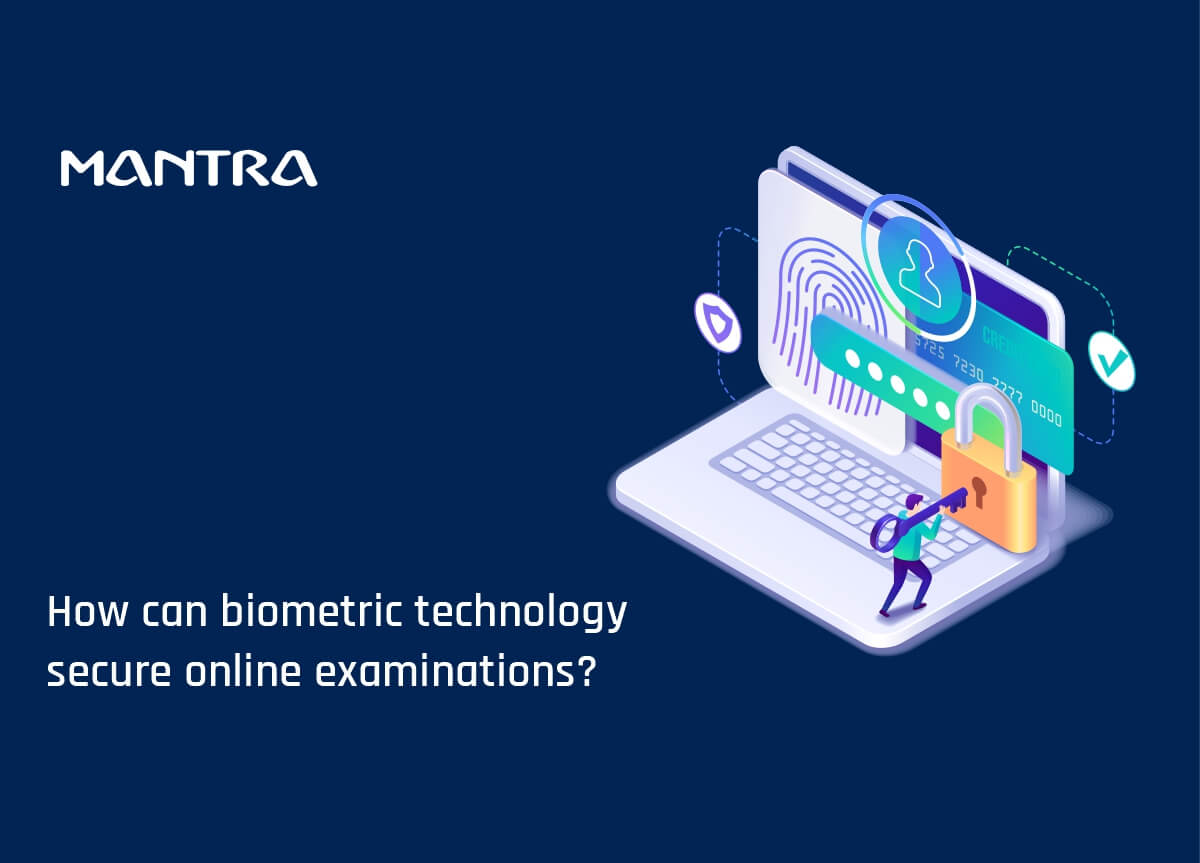
Quick points
Due to the COVID-19 outbreak, universities around the globe have turned to online education. Hence, academic exams and recruitment tests have also turned online.
Universities and selection authorities have widely begun using biometric authentication to verify candidates to avoid fraudsters, especially as the number of candidates increases.
In 2018, over 6.35 million candidates attended the combined higher secondary exams conducted by the Staff Selection Committee of India (SSC). The number has doubled by 2021.
The SSC has implemented biometric authentication as the number of reported fraudsters is also increasing along with the candidate number. The same is true for Railway Recruitment Board (RRB) examinations, which recruit for the world's largest job provider, the Indian Railways.
During the COVID period, many started embracing this technology. South Africa has implemented biometric student authentication for exams in 23 universities.
To crack down on fraudsters, China was using biometric technology for the National College Entrance Examination (NCEE) in 2018.
Brazil tied up with Mastercard for biometric technology development for online examinations. The Nigerian government also acquired biometric data from students appearing for entrance examinations.
Many software applications have been developed in the private sector to favour HR recruitment and government schemes.
Introduction
Authenticating candidates precisely before universities or testing agencies is critical for conducting a transparent and faithful examination, whether the exam takes place in testing centres or remotely. Initially, passwords and PINs were used for authentication, though malpractices with fake IDs continued. Robust authentication like biometric technology is inevitable in this sector. Biometric authentication of different types, namely facial recognition, iris scanning, voice recognition, and fingerprint authentication, is now used by universities across the globe. Let's see some of the models.
How does biometric authentication for online examinations work?
During the enrollment of candidates for the examination through websites, it will ask for photo proof and ID details. At the test centre, officials will verify the ID, photo proof, and scan the candidate's biometrics, then be attached to the ID. Following the exam, the biometrics will be reconfirmed and used until the admissions process ends.
Various universities and agencies use different methods to authenticate candidates. They may employ single biometrics or a combination of multiple biometric modalities.
Some thriving models of biometric use in examinations
The examples presented here are some of the most common applications of biometric technology in conducting examinations. Many other countries and organizations have similar systems in place.
TOEFL exam
The internationally acknowledged English language test, the Test of English as a Foreign Language (TOEFL), authenticates both the candidate's face and voice. It requires all the candidates to present their photo ID upon coming to the test centre. If a student retakes the exam and shows significant progress, the system compares the images from each session to rule out fraud. In the same way, the system uses advanced voice recognition. It compares speech samples from multiple system inputs to test participants and creates voiceprints for in-depth analysis.
A Nigerian model for entrance examinations
Nigeria's Joint Admissions and Matriculation Board (JAMB) enrols the biometrics of candidates after taking the examination. The JAMP then forwards the biometrics to colleges, where the candidates should appear for admission interviews. As a result, colleges can verify that the person who passed the exam and the person claiming admission are the same.
Online learner's driving test in India
India has issued 130 crore biometric identification cards, known as Aadhaar cards, to its citizens. During the lockdowns, India allowed candidates to take online learner's tests from the comfort of their own homes. Candidates must submit their Aadhaar ID and demographic data at the time of application, and that will cross-check against the Aadhaar database. Only if the data provided matches the Aadhaar database, the candidate is permitted to take the exam.
How can we help you?
Mantra is India's leading biometric manufacturer and offers a host of products and solutions. Our product portfolio comprises fingerprint sensors, facial recognition, iris, and palm scanners. Sectors such as BFSI, Education, IT, Healthcare & Hospitality, Manufacturing, etc., have been benefitted from our products and solutions.
Feel free to contact us at: sales@mantratec.com
sophia
thankyou for providing this useful information
Replyvinay kumar
Exam solution
Reply